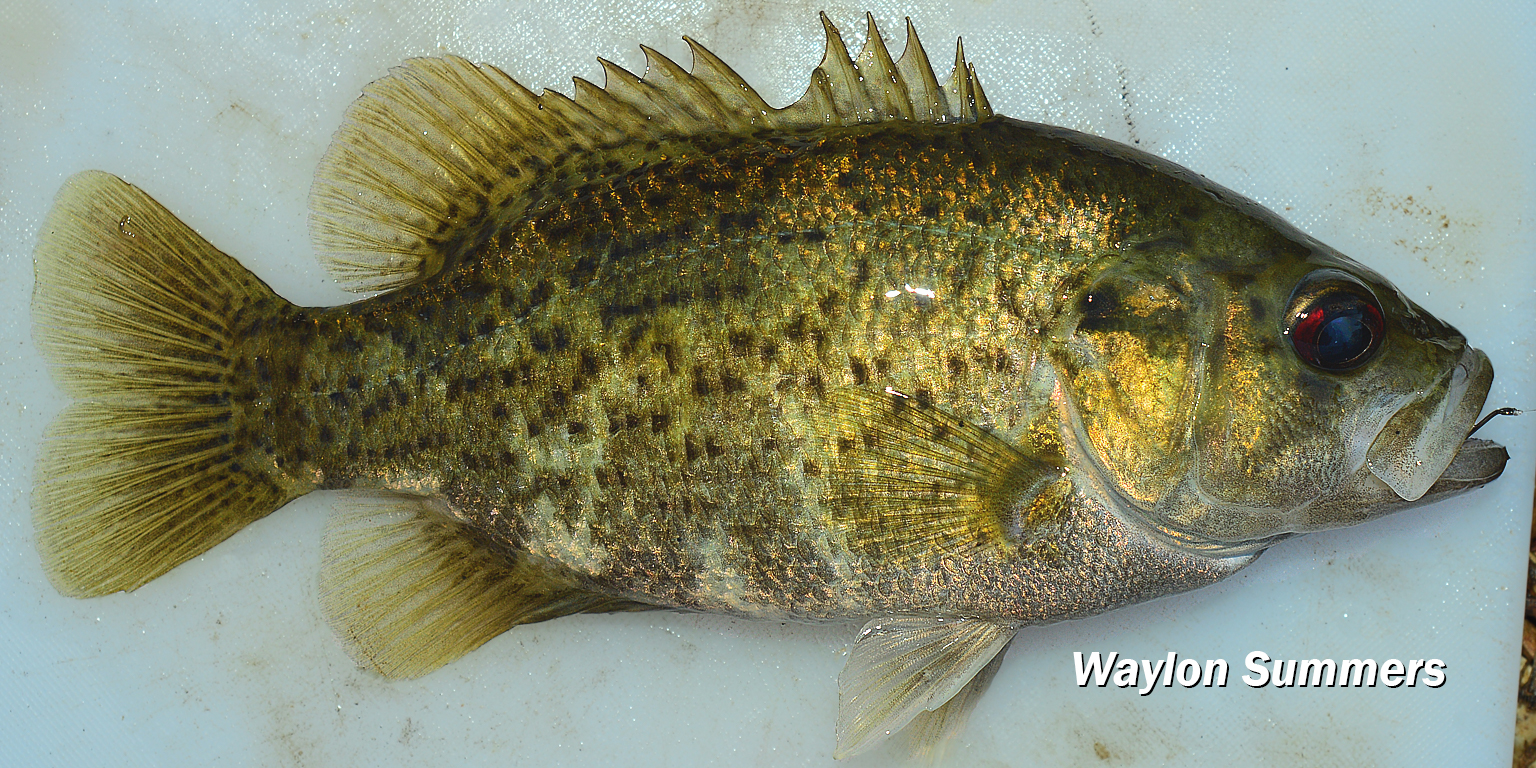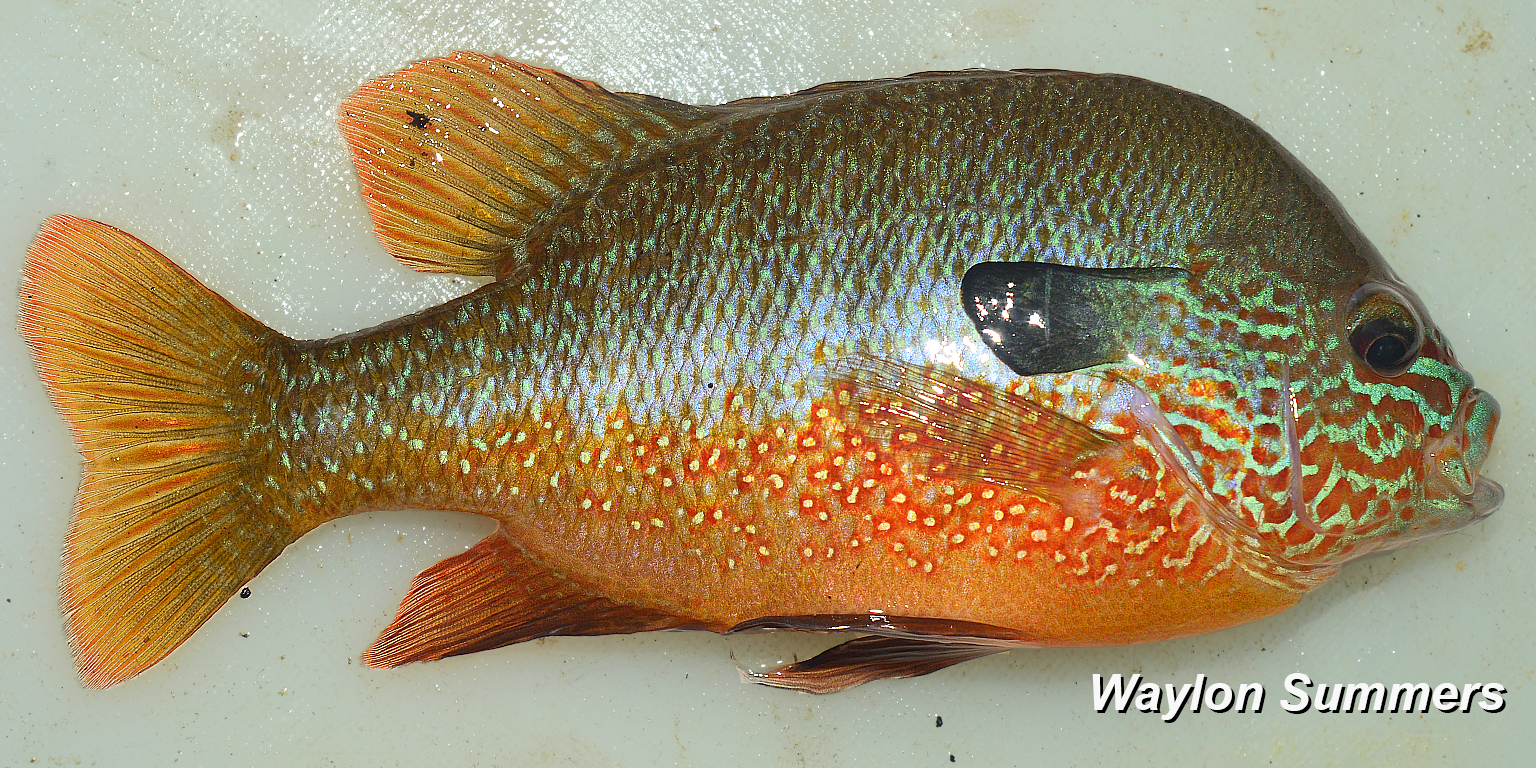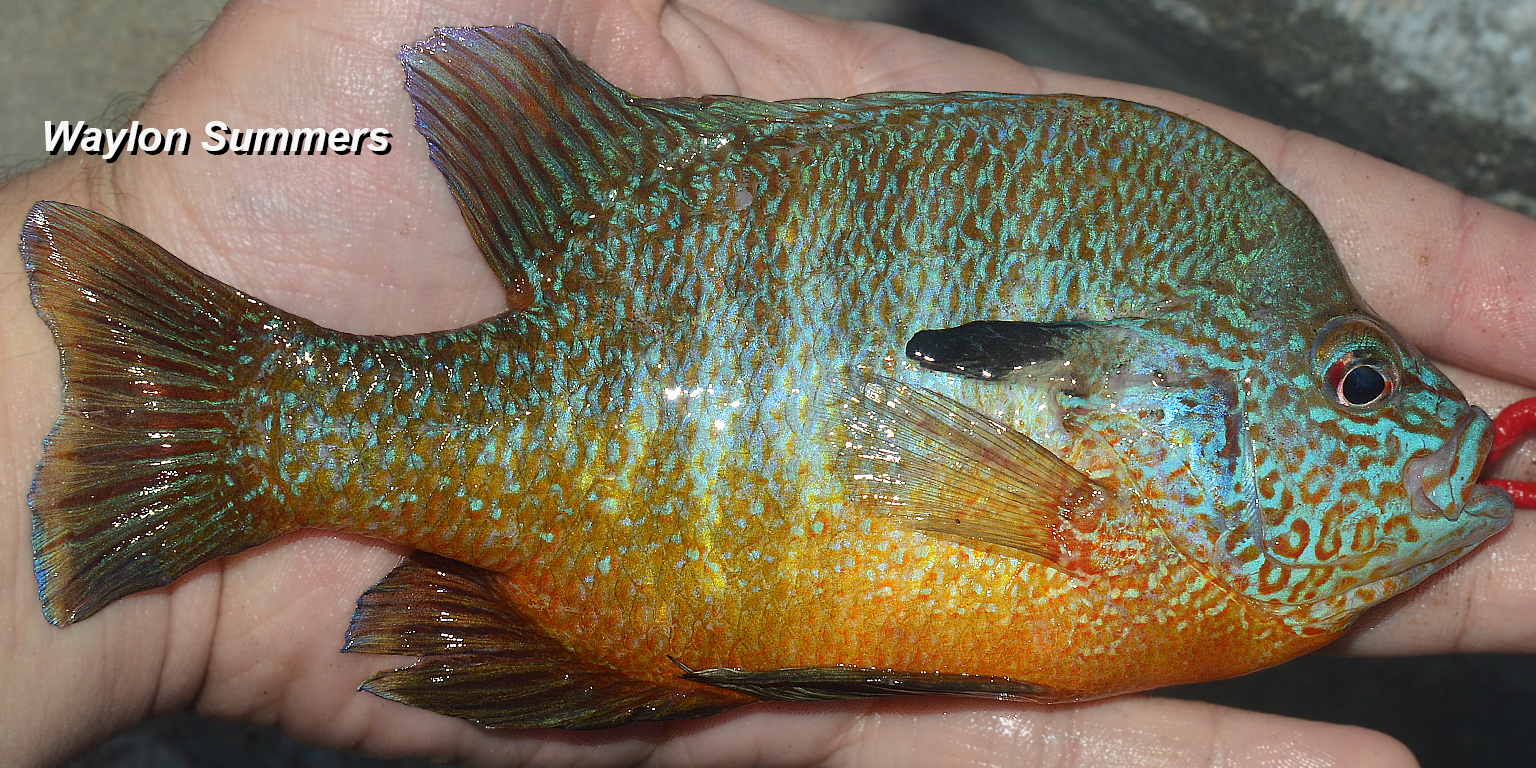Unless you are an avid trout fisherman or own a boat that is capable of detecting the deepest pits of large reservoirs, autumn is the last chance for many bank fishermen to experience the few good days of fishing before the coming recession of bites in Winter. Many different species of fish are ramping up into their optimum temperatures though such as Musky, Pike, Perch and Carps.

This last October (2023), I set out on a very chilly and hazy morning. I would catch my personal-best Ozark Bass on this outing. These fish are in the “Rock Bass” group of sunfish like fishes. The largest Ozark Bass will reach 1ft in length. While these may not be a huge fish, they are still native only to a small portion of the Southern Missouri Highlands and Northern Arkansas area of the Ozarks. I began fishing the ending portion of a riffle that came into a bend. These spots can often be an obvious site for good fishing. The riffle is a tumultuous environment that swallows aerial insects and funnels the insects already suspended in the water into a centralized area for fish to attentively wait.
After catching a few smaller specimens of Ozark Bass on live worms, I then caught some shiners that were residing in a large isolated puddle next to the river. I then started using fresh and live shiners I caught and placed them onto a circle hook with a slinky float. This made it to where the bait could stay in the deeper crevasses. I have caught many of these fish in the summer and they always had direct and quick bites but they were very long and delicate in the colder weather. With the weather being as cold as it was, I set my ultra-light pole into a rod holder and waited with my hands in my pockets. I then would observe one very long bend of the tip of the rod. I waited about three seconds after each bend to set the hook. This seemed to work well and all catches were through the lip via circle hook. Many times the bait would stay onto the hook and could be fished again.
Autumn Fish Coloration


The life-listing hobby is the recreation of catching and usually photographing of as many fish species possible. Others will go to great lengths to photograph all distinguished localities and seasonal colorations of each species. This means for those who have become bored with catching common species like sunfish or observing small minnows, seeing their different colorations throughout the year can give new enjoyment to fishing old waters. As you can see in the images above, fall colorations in Longear Sunfish often times yield more red colorations while the summer breeding colorations can display a much more radiant blue in both the body and various fins of the fish.
Targeting Tactics and Tackle
It is important to get out and utilize those sunny fall days to prospect and fish shallow water creeks, rivers and backwaters of lakes. Autumn can come with its upsides to those who continue to persevere through the uncomfortable weather. With the exception of trout waters, the majority of freshwater bank fishing will dramatically decrease, leaving many good fishing spots open and less people to disturb the fish.
Waters warming up in the spring and summer provide perfect factors for fish to eat more often because of rising metabolisms and be more confident in making harder strikes. The opposite is true in the fall for the majority of predacious fish. This makes it difficult for the angler because of the subtle and seldom bites. There are some fish though that are still able to provide a decent tug on the line and spike dopamine.
As stated above, it is hard to coerce many fish into biting during Autumn weather and as a result, it is often that live baits may be the most efficient and helpful tool for those who are wanting to see fish in cold water conditions. Fly fishing and artificial terminal -tackle can have an even slower yield in comparison to live bait because fish are more lethargic and unwilling to spring into action in order to chase a fast retrieving in-line spinner, topwater baits, and spoons.
